Between papers, accessories, and files, it’s a lot of work to organize your home office; But, whether you have a designated office study or are working from your favorite corner, decluttering your office lets you concentrate on your work. Here’s our tips to put an organizational system in place and prevent clutter from building up in your office.
1. Opt For Functional and Elegant Furniture
When selecting furniture for your home office, it’s important to think about your workplace and what you need at the ready. Inspect your interiors like a pro before selecting your furniture. Think of what furniture will work best to keep you organized and on track.
Still, your office furniture should match the aesthetics of your home decor. For traditional homes, soft, comfy chairs and wood can give your office a warm feel. For something more utilitarian, modern metal furniture or artistic pieces work for a home with contemporary decor.
2. Invest in Shelves and Storage
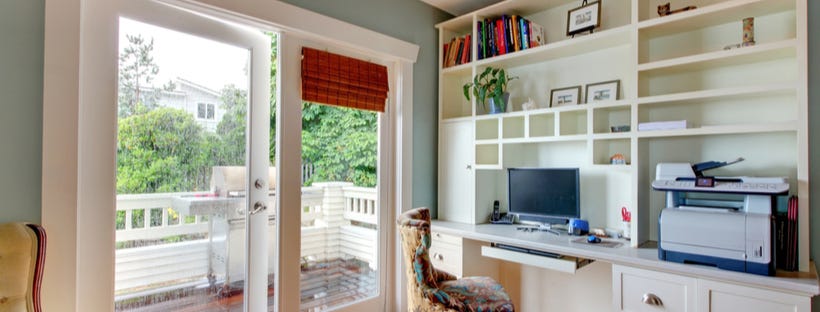
The most important part of building out your office is giving you a place to stay organized. Open shelves are easy to install and allow you to keep binders and books handy. Using vertical space allows you to utilize a tight home office effectively.
Baskets, bins, and filing cabinets are another key step to tame your notes and paperwork. If you’re on a budget, you can use your desk and some storage cubes for an easy fix. Allot one drawer for your active paperwork, and utilize storage spaces for expendable items like stationery.
3. Let the Light in
Using natural light helps remove headaches, eye strain, and electrical bills from your life. To ensure that your office has ample natural light, place your laptop or desktop strategically near a window, in a position where glare won’t be an issue. For focused tasks, just add a small table lamp to reduce the need for ambient overheads.
If you’re building your home office around natural light, try installing shading. Venetian blinds, sheer curtains, and adjustable louvers on your windows allow you to control the amount of light coming in, while providing aesthetic benefits to your design.
4. Tame the Wires
You can’t do much to beautify your electronic devices like laptops, desktops, and printers; but, it’s always a good idea to keep cords out of plain sight. Ensure that your devices are close to outlets and easily accessible, then hide away power cords behind furniture, or by using a fabric cord equipment cover.
Utilizing power strips and extension cords is another way to promote clean cable management. When placing extension cords and power strips on the floor, ensure you do it safely and cover your cords. Wire organizers, cord winders, and tubing are other helpful tools in keeping wires running straight and keeping your floor clear.
5. Inspire Yourself
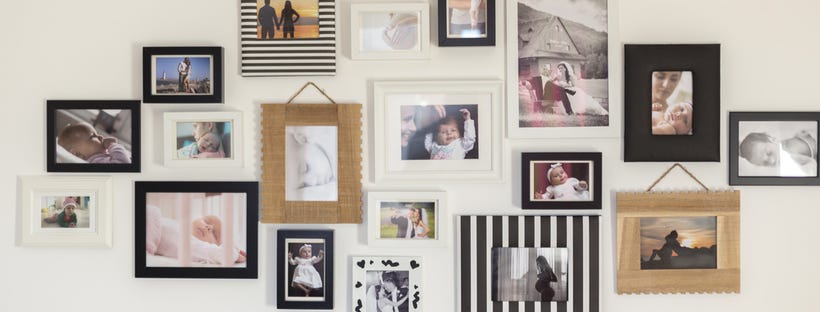
One of the biggest perks of a home office is that you can make the space like home. Take the time to add mementos that’ll encourage you while working. Ensure that your office resonates with your personality and makes you feel like you.
To make it personal, place framed photos of travel memories or family photos. If you want to incorporate design to make your home office homely, try a chic chair cover, or store your supplies in colorful baskets. Finally, picking a favorite, framed piece of art is another way to transform your office into a professional, but personal environment.
6. Bring in Some Greenery
Greenery does wonders to re-energize you in your office space. Indoor plants have a soothing effect, as well as improving air quality in your room. Plants also have reported effects in decreasing drowsiness, congestion, and cold-related illness.
For an indoor plant that is low on commitment, just place a simple fern or peace lily on your shelf. These plants do not require a ton of care and illuminate your office with vibrant smells and bright colors.
7. Build the Board
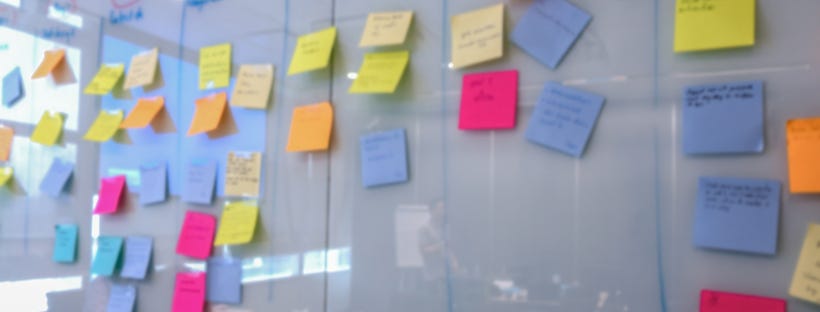
If you like to organize receipts, to-dos, and personal notes, installing a workstation board should be on the top of your priority list. For maximum utility, try pairing a whiteboard with a cork or felt board, to have a space to write and a space to set out paper. Multi-purpose boards give you the flexibility to use your board for all your needs.
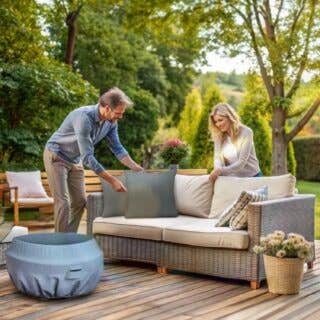

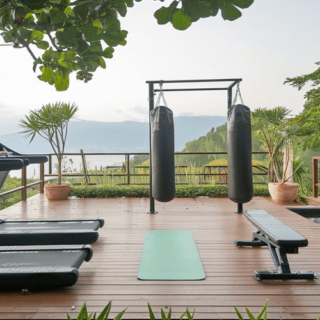
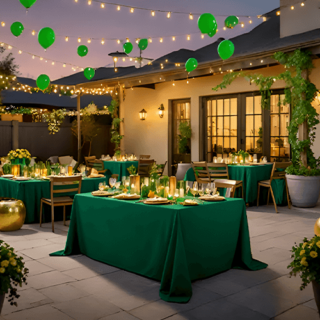


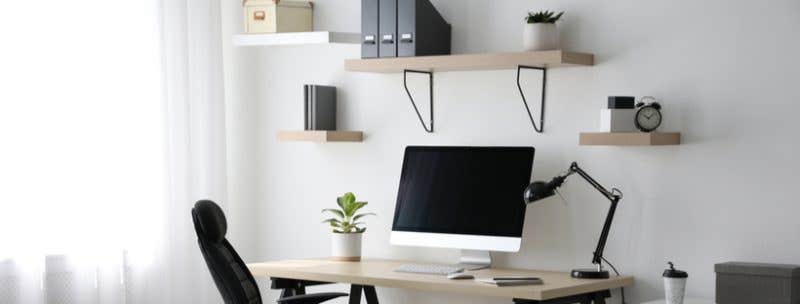
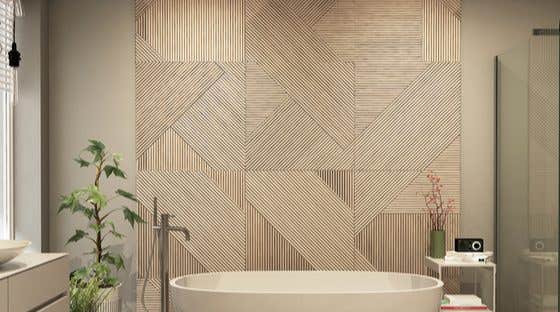
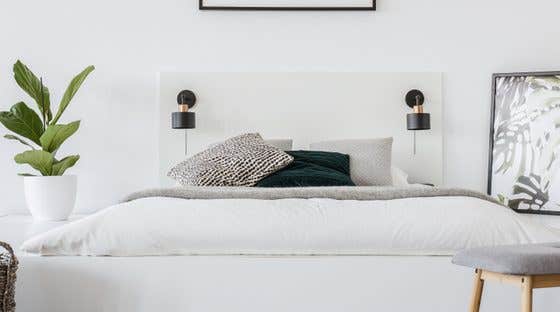
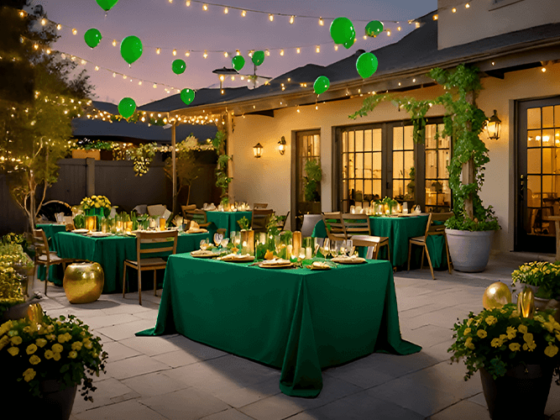






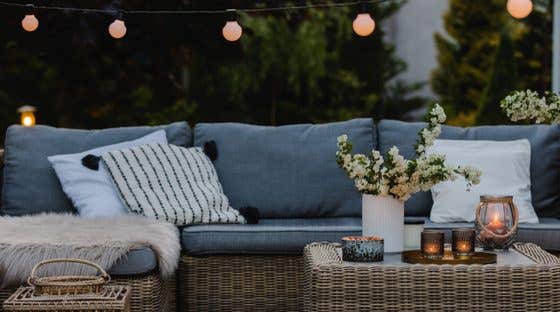
Recent Comments